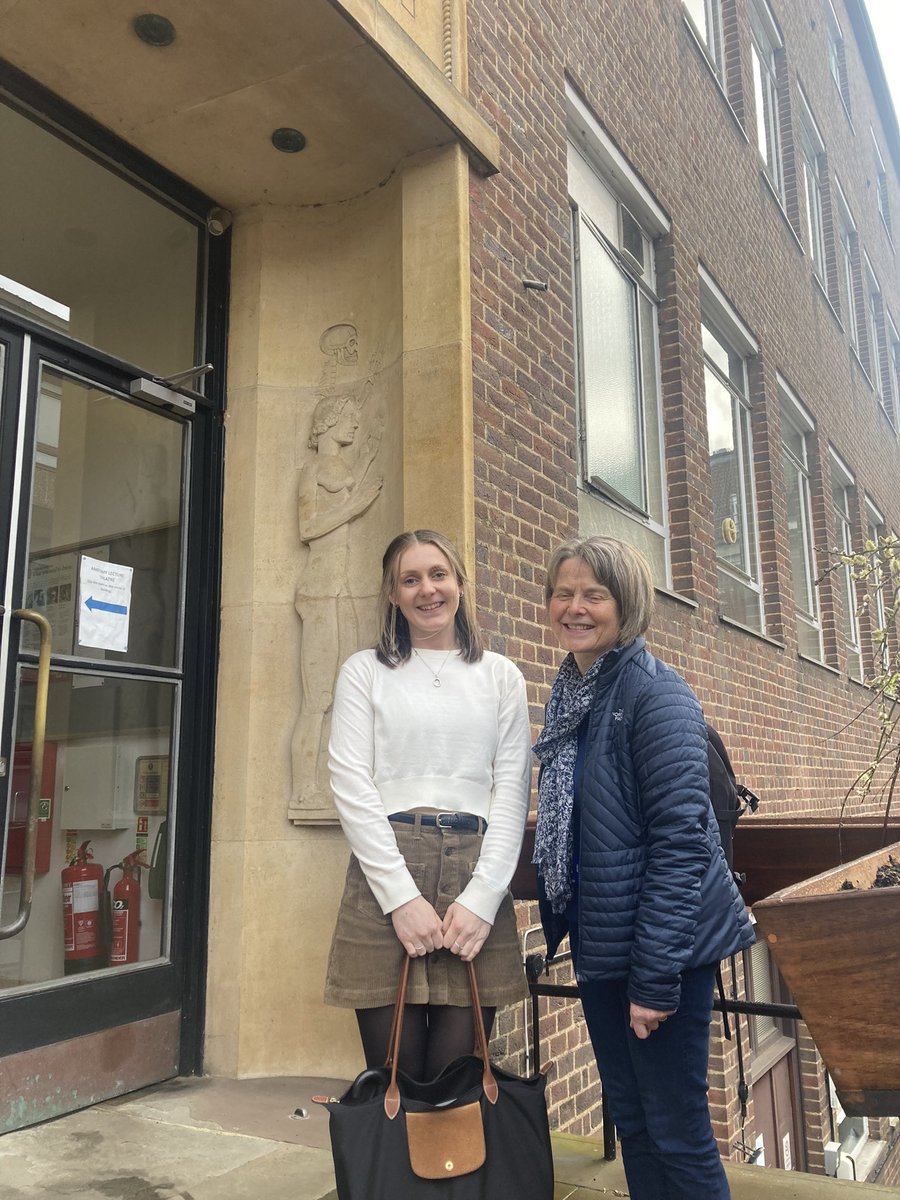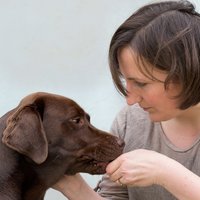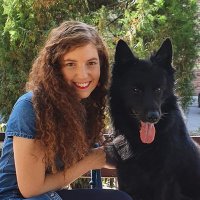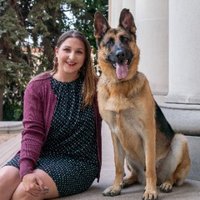
GOdogs project
@GOdogsProject
Dog science, genetics & obesity research for animal lovers, metabolic scientists. Please take our survey: https://t.co/tGrAZB7NFP. Email us at: [email protected]
ID:1208803136
http://GOdogs.org.uk 22-02-2013 14:51:02
2,3K Tweets
645 Followers
454 Following

I did a podcast thing with Eleanor Raffan GOdogs project for The Guardian #obesity #genetics #labrador #obesity isnotachoice theguardian.com/science/audio/…

Congratulations to Alyce McClellan for passing her PhD! I learnt a lot about canine genetics. Thanks for the invite Eleanor Raffan - first time back in the anatomy building 😅brought back memories! Cathryn Merllersh GOdogs project



So proud of GOdogs project alumna Natalie Wallis bringing her high standards and enthusiasm for quality research to her new role.

Labs have the highest rate of canine obesity of any breed. But it’s really not their fault: They’re ravenous almost all of the time, thanks to a genetic quirk.
Learn more in Science Magazine’s daily newsletter, #ScienceAdviser : scim.ag/6c9


Labs have the highest rate of canine obesity of any breed. But it’s really not their fault: They’re ravenous almost all of the time, thanks to a genetic quirk.
Learn more in Science Magazine’s daily newsletter, #ScienceAdviser : scim.ag/696

New work from Eleanor Raffan @GOdogsproject et al.
finds labs with a specific gene mutation associated with obesity are not only hungrier between meals, but also burn fewer calories when at rest compared to labs without the mutation. Great video displaying this below 🐕🌭

GOdogs research features on this week's podcast from the The Naked Scientists describing our recent paper with help from study volunteer Rowena and her dog Eddie. Cambridge University PDN Cambridge Jodie Wainwright 🐾 Inst Metabolic Science-Metabolic Research Labs
thenakedscientists.com/podcasts/naked…

Read our new research published in Science Advances here: science.org/doi/10.1126/sc… . Follow our team on GOdogs project 🐶🧬
🧵 5/5


Obesity alert! Does your #Labrador always want more food? 🐕 🌭
Around a quarter of Labs feel hungrier AND burn 25% fewer calories – thanks to a genetic mutation.
Get your teeth in to what Eleanor Raffan @GOdogsproject Inst Metabolic Science-Metabolic Research Labs PDN Cambridge found – tap below 👇

Why do some labradors find it harder to resist food than others? This short Cambridge University film demonstrates the GOdogs project sausage test 🐶youtu.be/QsL_9smLra4?si…


